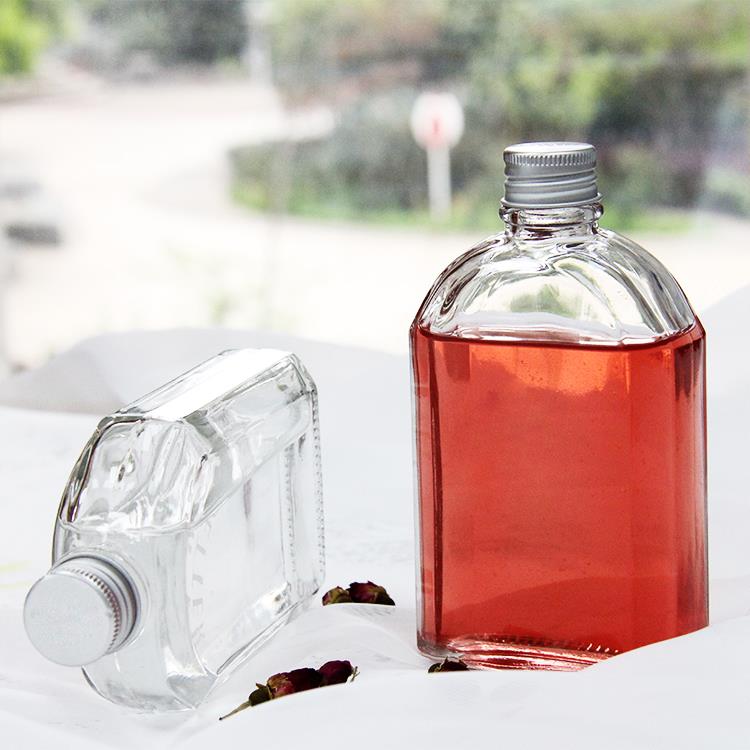What’s The Difference Between Glass And Ceramic?Which One Is More Fragile?
Glass and ceramic are two commonly used materials. Both glass and ceramic are inorganic ,aterials, but ceramic are more odered in structure than glass. The relationship between them is very close, so now there is also the concept of glass ceramics.But what's the difference between them? Let's delve into their characteristics and find out.

What’s the difference between glass and ceramic?
Firstly, their composition sets them apart. Glass is a solid material that is typically produced by melting silica along with other minerals at high temperatures. On the other hand, ceramic refers to a category of materials comprised of nonmetallic compounds, such as clay, that are hardened through processes like firing or baking.
Secondly, their physical properties differ. Glass is transparent, allowing light to pass through it, while ceramics are usually opaque. Additionally, glass is more fragile and prone to shattering, while ceramics are known for their strength and resistance to breakage.
In terms of usage, glass is commonly used in windows, lenses, and containers due to its transparency, whereas ceramics find applications in pottery, tiles, and electrical insulators because of their durability and heat resistance.
Overall, although both glass and ceramics serve different purposes, their inherent characteristics make them valuable materials in various industries.

Which one is more fragile?
Now, onto the question of fragility. Both glass and ceramic have their own vulnerabilities when it comes to breakage, but it is widely acknowledged that glass is generally more fragile. This is due to the molecular structure of glass, which lacks the crystalline arrangement found in ceramics. Glass is known to fracture more easily upon impact or stress, making it susceptible to shattering into sharp, dangerous shards.
Ceramic, although also fragile, tends to be more resilient compared to glass. The crystalline structure of ceramic materials provides them with a certain level of strength and resistance to breakage. While ceramics can chip or crack under extreme circumstances, they have a higher tolerance for impact and are less likely to shatter into pieces.
It is important to note that the fragility of both glass and ceramic can vary depending on factors such as thickness, composition, and the specific type of material. Thin glass or delicate, intricate ceramic objects are naturally more susceptible to breakage than their thicker or sturdier counterparts.
In conclusion, glass is generally regarded as more fragile than ceramic. However, it is crucial to handle both materials with care to avoid any accidents or damage. Whether it be a delicate glass ornament or a beautifully crafted ceramic vase, proper caution should always be exercised to ensure their longevity and enjoyment.